Sikil P’ak 1978 (Pumpkin-Seed Dip)
Kennedy, Diana. Recipes from the Regional Cooks of Mexico. New York: Harper & Row, 1978. P 5-6. Print. [TX716. M4 K47 1978]
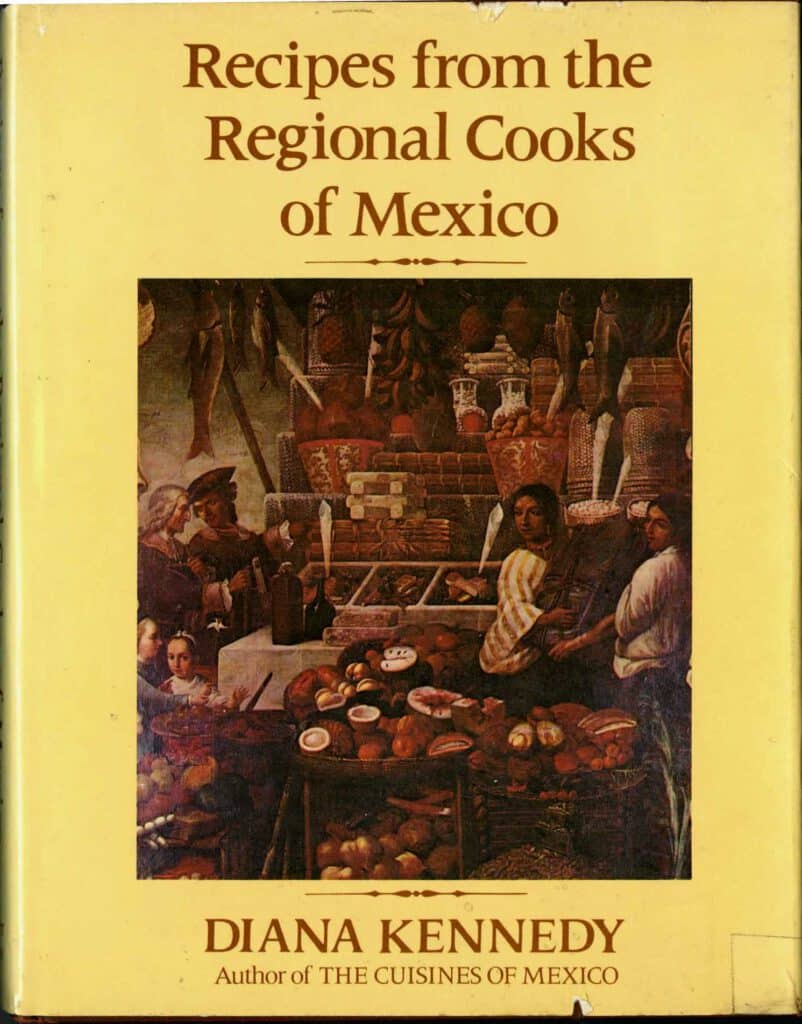
When picking a recipe to make, I chose three different types of recipes that would be festive to serve at my family’s Thanksgiving dinner. With majority rule as the deciding factor; my family went with the “Mayan concoction” Pumpkin-Seed Dip. What a better way to start off our Thanksgiving dinner…by letting me prepare something!
This pumpkin-seed dip is a highly festive dish, good for any gathering in my opinion. It is a much healthier option than your typical American appetizers. The correct name for the dish is ha-sikil-pak, which is Mayan for “water-pumpkin-seed-tomato” (Kennedy 5). Whatever the occasion may be, this quick and easy recipe makes for a healthy, and original, appetizer that will have your taste buds dancing on your tongue. But, prepare at your own risk — as we learned the hard way, it can be rather spicy!
Sikil-P’ak / Pumpkin-Seed Dip
- 1 ¼ cups raw, unhulled pumpkin seeds
- 1 chile habanero or any fresh, hot green chili
- 2 medium tomatoes (about 12 ounces)
- 1 ½ teaspoons salt, or to taste
- 2 heaped tablespoons chopped coriander leaves
- 2 heaped tablespoons chopped chives
Heat a thick frying pan or comal and toast the seeds, turning them constantly, until the hulls are well browned and crisp (some types of seeds will start to pop open). Set them aside to cool of. Meanwhile, toast the chili, turning it from time to time until it is blistered and black-brown in spots.
Cover the tomatoes with boiling water and simmer until soft – about 15 minutes, depending on size and compactness, drain, skin, and set aside to cool.
Using an electric coffee/spice grinder, grind the toasted seeds, together with the salt, to a coarse powder. Transfer to a small serving bowl. Stir the tomatoes into the ground pumpkin seeds, together with the coriander, chives, and whole chili (if you prefer a more picante dish, blend the chili with the tomatoes before mixing them with the seeds).
Serve it at room temperature, as a dip.
The mixture should have the consistency of mayonnaise. If it is too thick, you may have to add a little water to dilute it.
About 1 1/2 cups.
In the Kitchen:
The process of getting all the ingredients seemed to be much more exhausting than cooking the actual recipe itself. The recipe calls for coriander leaves, a “Eurasian herb in the parsley family…used in salads and various dishes as flavoring and garnish” (Answers.com). Due to not being able to find anything but ground coriander, I had to revise the recipe a tad bit, but it wasn’t the only ingredient I had trouble finding! I had to make do with roasted and salted pumpkin seeds when the recipe called for raw, un-hulled pumpkin seeds in addition to a teaspoon and a half of salt. Given that I used salted pumpkin seeds I decided to not add any extra salt. Being as it was my first time making Pumpkin-Seed Dip, I thought it was best to err on the side of caution.
The actual preparation was much less stressful. It was a very simple, quick recipe. I fried the pumpkin seeds in a pan until brown. Next, I used a fresh jalapeño from a coworker’s garden to toast the pepper in the frying pan, as the recipe calls for a hot green chili. After boiling the tomatoes and grinding up the pumpkin seeds to a fine powder, I mixed all the ingredients together in a serving bowl. The recipe said that “the mixture should have the consistency of mayonnaise” but I had to add a little water to get it there. The outcome was rather interesting; my younger sisters didn’t much care for the dip because it had a fiery, almost charred flavor, but my parents and I quite enjoyed eating the dip with tortilla chips!
References
Kennedy, Diana. The Regional Cooks of Mexico. New York: Harper & Row, 1978. Print.
“Answers.com/Reference Answers”. Answers.com. n.p., n.d. November 28, 2011 <https://www.answers.com/topic/coriander>.

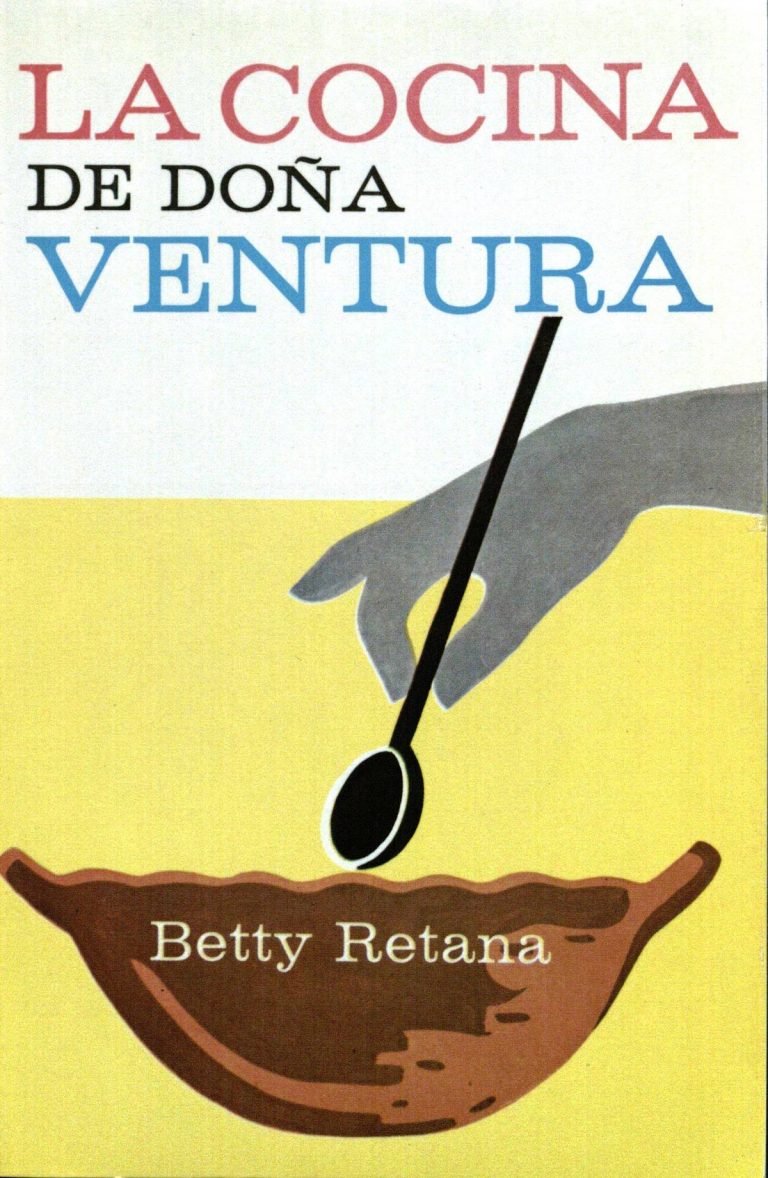
![Consejo Nacional para la Cultura y las Artes (Mexico). La Cocina familiar en el estado de Nuevo León. México : CONACULTA : Océano, 2001 [TX716 .M4 N84 2001].](https://lacocina.utsa.edu/wp-content/uploads/2011/08/mexican_cook_nuevoleon-2.jpg)
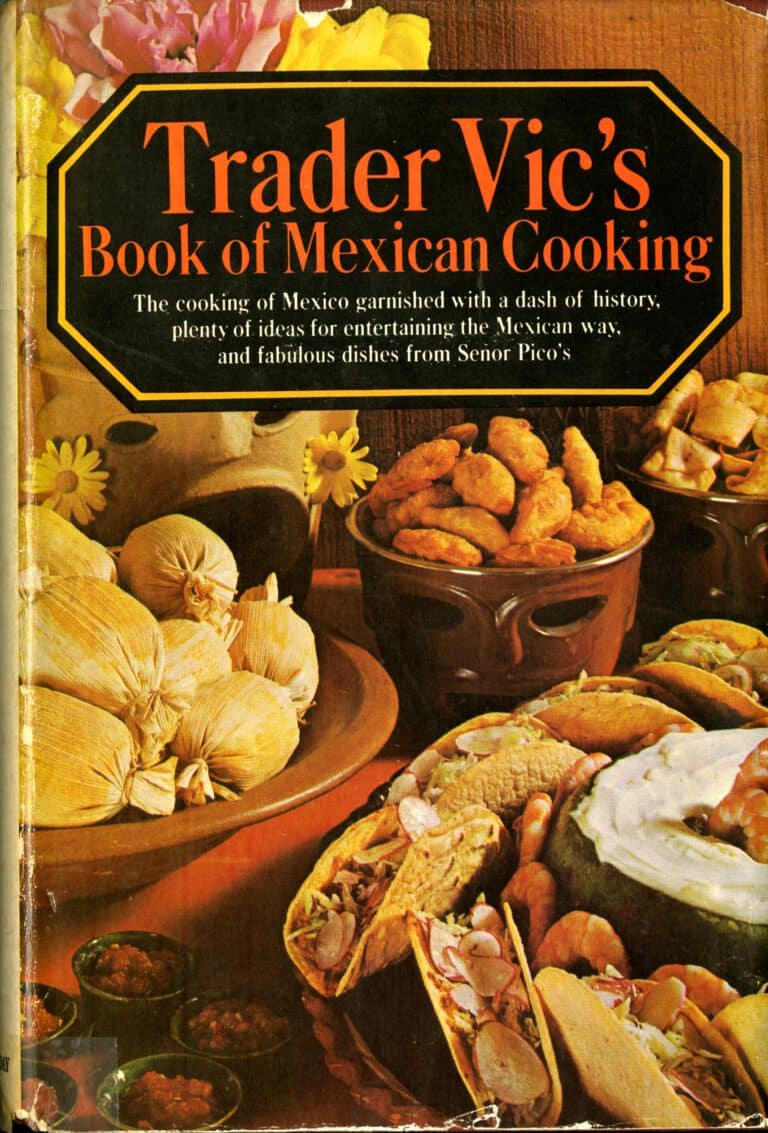
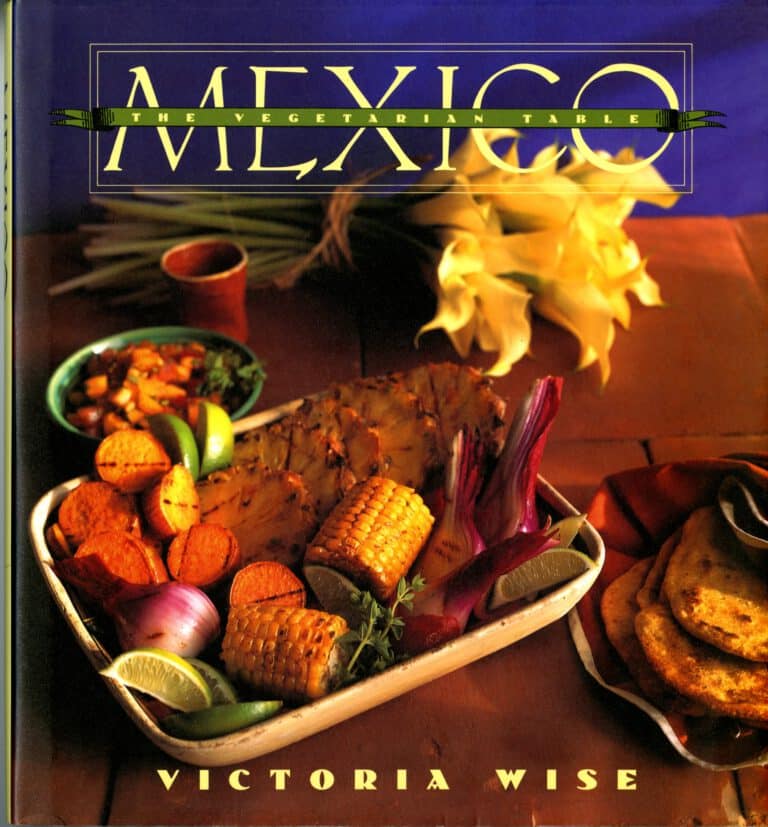
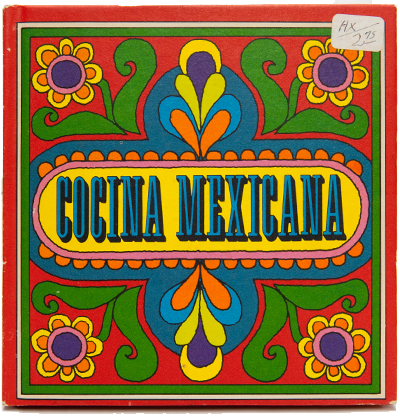
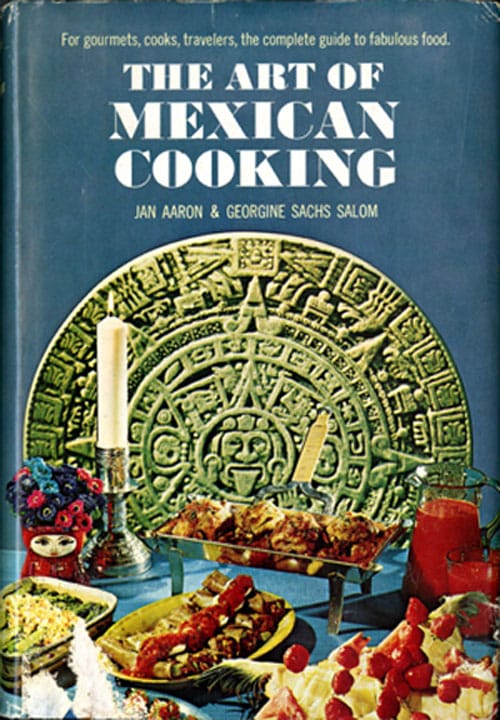
Hi Kamela,
FYI, what Kennedy refers to as “fresh coriander leaves” is actually good old cilantro. Coriander is the actual name of the plant, but for some reason the fresh leaves are known as cilantro and the seeds as coriander. This recipe is certainly ancient Maya, so in its original incarnation it would not have had cilantro anyway. Cheers!
I’ve been hunting around the web feeling uninspired by all the cheffie versions of pumpkin seed dips, so glad to have this as a simpler but better guide.